Is AirDrop Not Working on iPhone, iPad, or Mac? Try These 14 Effective Troubleshooting Tips to Fix the Error
If you are an Apple user, AirDrop is the most convenient and fastest way to share files. But in recent times, we have seen various queries on different platforms regarding AirDrop not working (as shown in the post below).
This might be because of network errors, connectivity issues, default settings, access restrictions, and other reasons. If you are also facing the same problem, here are the 14 best troubleshooting measures and iPhone tips to optimize performance and share files without interruptions.
- Check If Your Device Supports AirDrop
- Ensure the Device is Unlocked
- Enable Wi-Fi and Bluetooth
- Toggle Off Personal Hotspot
- Bring the Devices Closer
- Disable Airplane or DND Mode
- Adjust AirDrop Settings
- Remove AirDrop Restrictions
- Turn off the VPN
- Update Your Device Software
- Limit the Firewall on Your Mac
- Restart Your Device
- Reset Network Settings
- Log Out and Log Back to Your Apple Account
- Closing Thoughts
- FAQs
Check If Your Device Supports AirDrop
Most of the devices support the AirDrop feature, but if you are using an old device, you might be missing this feature. And this could be a possible reason why AirDrop isn’t working. So, before trying any troubleshooting measures, take a look at the devices that are compatible with the AirDrop:
- iPhones running iOS 7 or later
- iPads with iPadOS 13 or later
- Macs released in 2012 or later and running OS X 10.10 or newer versions
If you are using an Apple device that is not mentioned above, unfortunately, no other solution will work for you.
Ensure the Device is Unlocked
One of the common mistakes that leads to AirDrop not working is that your iPhone is locked or powered off. If this is so, it might restrict others from seeing your device in the list of available devices for receiving AirDrop.
So, ensure your iPhone, iPad, or Mac is powered on for seamless connection and transfer of files between devices.
Also Read: How to Unlock An iPhone Without a Password? 5 Proven Methods
Enable Wi-Fi and Bluetooth
As we know, AirDrop relies on Wi-Fi and Bluetooth for file sharing. So, if there are any minor glitches, you can easily fix them by jump-starting, as follows:
For Wi-Fi:
- Go to Settings > Wi-Fi.
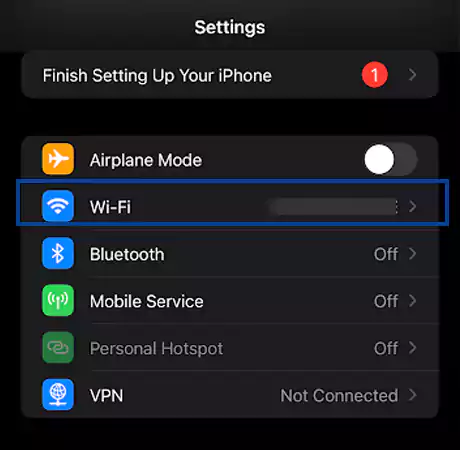
- Turn off Wi-Fi by toggling the slider.
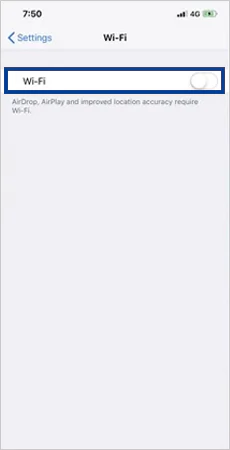
- Wait for about 5 seconds and then tap on the slider again to turn on the Wi-Fi.
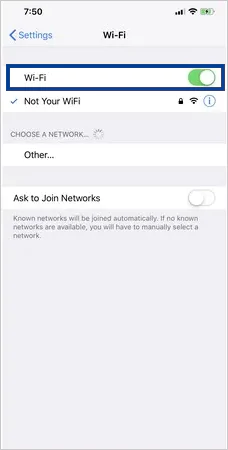
You can also run a speed test, check your Wi-Fi GHz on your iPhone, or simply forget the connected Wi-Fi network and then reconnect to it.
For Bluetooth:
- Go to Settings > Bluetooth.
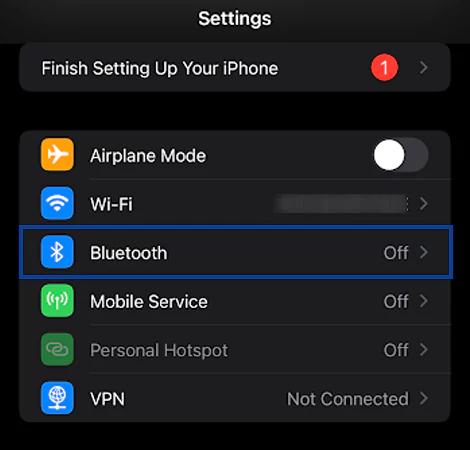
- Turn the Bluetooth off and wait for a few seconds.

- Finally, turn Bluetooth on.
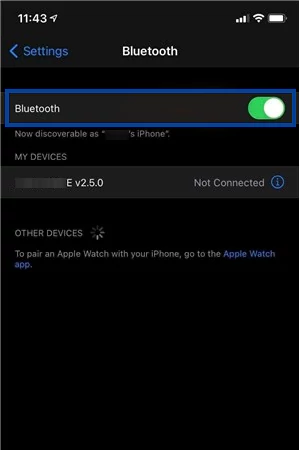
If you are using a Mac, open System Settings > Wi-Fi > Toggle off the Wi-Fi > Wait for 5 seconds > Toggle on the Wi-Fi. Repeat the same process for Bluetooth by heading to it from the left sidebar.
Toggle Off Personal Hotspot
If Personal Hotspot is enabled on your iPhone, AirDrop won’t work. When you turn on the hotspot, the device automatically disables the Wi-Fi and switches to mobile data to provide internet to other devices. This might be a reason for AirDrop to stop working on your device. You can disable the personal hotspot by following these two steps only:
- First, open Settings > Personal Hotspot.
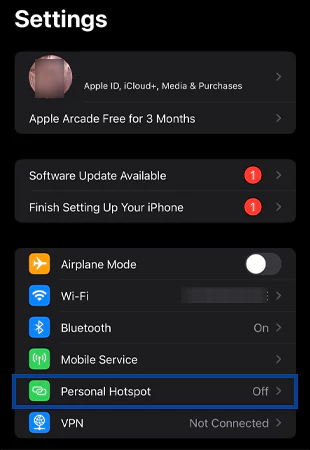
- Turn off the Allow Others to Join option.
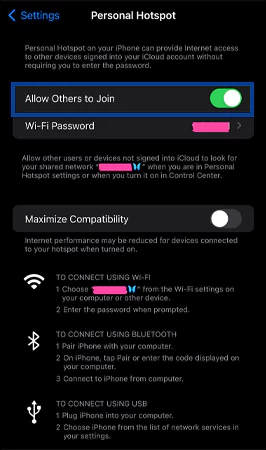
You can also disable Personal Hotspot by heading to the device’s Control Center and holding anywhere in the network settings block > turn off Personal Hotspot by tapping on it.
Also Read: Revolutionize Your Connectivity: Ultimate Guide to Hotspot Solutions for iPhone
Bring the Devices Closer
In the event of the non-availability of shared Wi-Fi, AirDrop relies exclusively on Bluetooth to find devices and share files. But if the devices are not connected through Bluetooth as well, try to bring them closer, as Bluetooth has a range of only 33 feet (ca. 10 m) on modern iPhones.
Disable Airplane or DND Mode
If you have enabled Airplane, Do Not Disturb, or Focus Mode on your iPhone, iPad, or Mac, sorry, you might face trouble connecting to AirDrop as these features disable the network connection.
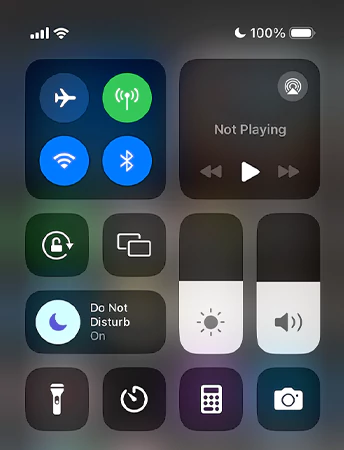
So, to avoid any complications, head to the Control Center and ensure Airplane, DND, or Focus Mode are disabled.
Adjust AirDrop Settings
In some cases, AirDrop settings can also be the reason for non-connectivity. Apple AirDrop has three different visibility controls:
- Receiving Off: No one can send files to you.
- Contacts Only: Only your contact can connect and share files with you.
- Everyone for 10 Minutes: All nearby devices can discover and share files.
So, ensure you haven’t selected the Receiving Off option. Also, if you can send files but can’t receive them, try to switch to the Everyone for 10 Minutes settings as follows:
On Mac:
- Open Finder and select the AirDrop option from the left sidebar, or simply press Command + Shift + R on the keyboard.
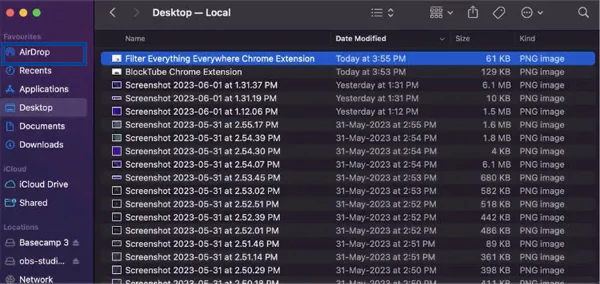
- At the bottom, you can see the Allow me to be discovered by option, click on it, and adjust the settings to Everyone.
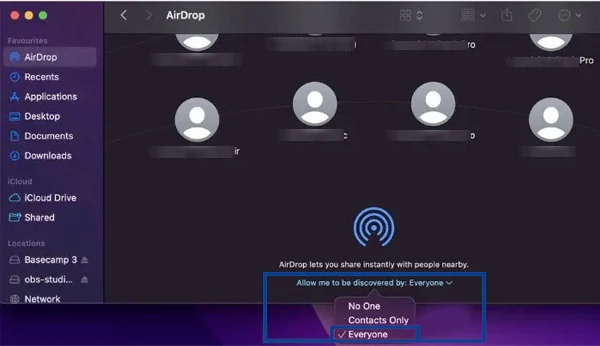
On iPhone or iPad:
- Head to Settings > General.
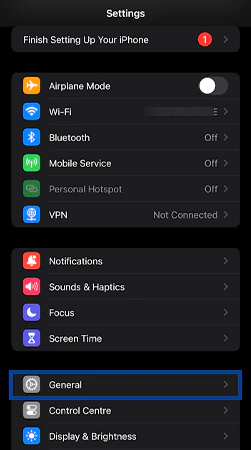
- Tap on the AirDrop option.
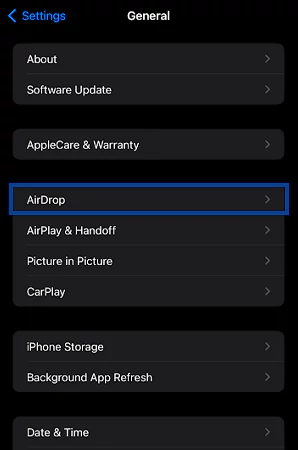
- Finally, select Everyone for 10 Minutes.
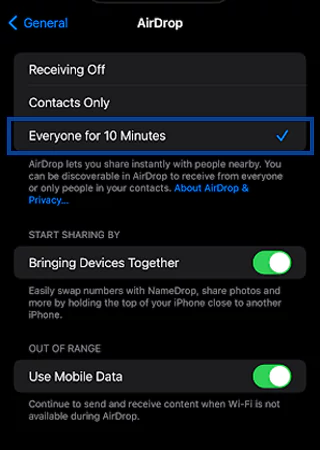
Alternatively, you can open Control Center, touch and hold anywhere in the network settings block, tap on AirDrop, and choose Everyone for 10 minutes.
Also Read: How to Sync Messages From iPhone to Mac in 2023?-[Simplified Guide]
Remove AirDrop Restrictions
If you can’t see AirDrop on your iPhone, or it is grayed out, you might have disabled it in the Content & Privacy Restrictions. You can remove these restrictions and connect to AirDrop again as follows:
On iPhone/iPad:
- Head to Settings > Screen Time.
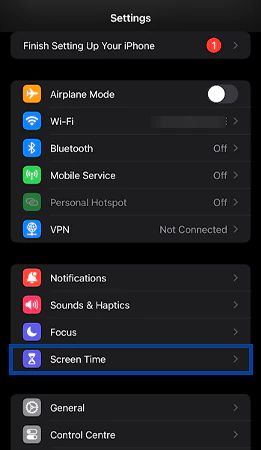
- Now, tap on the Content & Privacy Restrictions option.
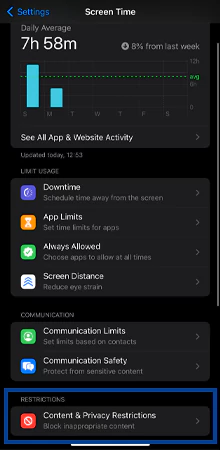
- Then, enable the Content & Privacy Restrictions.
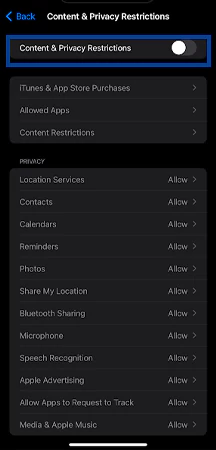
- After that, choose the Allowed Apps option.
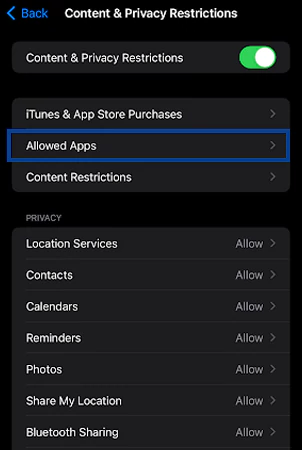
- Next, enter your Screen Time passcode.
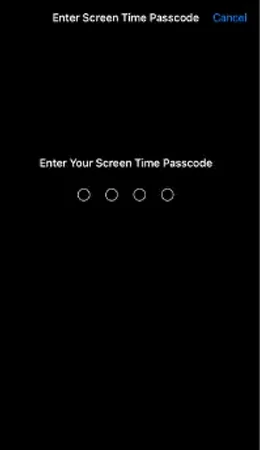
- Finally, ensure the AirDrop option is turned on.
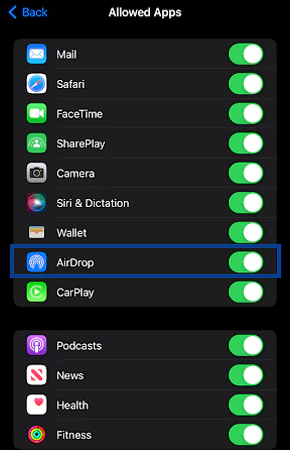
On Mac:
- Go to System Settings > Screen Time > Content & Privacy > App Restrictions option.
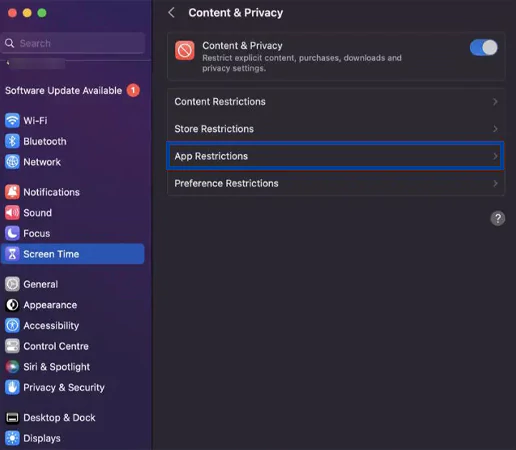
- Lastly, make sure the Allow AirDrop option is enabled.
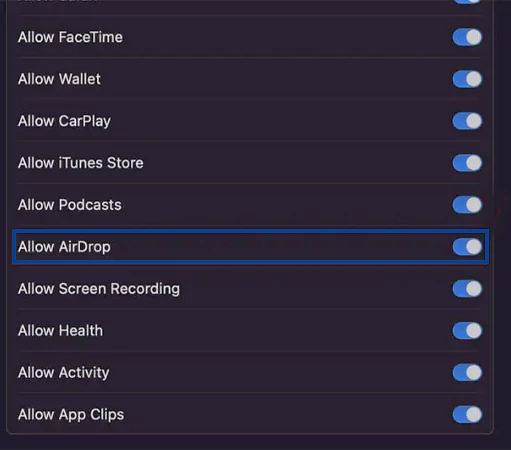
And you are done! If it’s not favorable to you, try out other ways discussed further.
Also Read: iPhone Unable To Activate? Try These 9 Troubleshooting Ways to Fix the Error
Turn off the VPN
Sometimes, VPN might also cause trouble that leads to AirDrop not responding on your Mac or iPhone. To rectify it, you should disconnect the VPN as follows:
- First, head to Settings on your iPhone or iPad and tap on VPN.
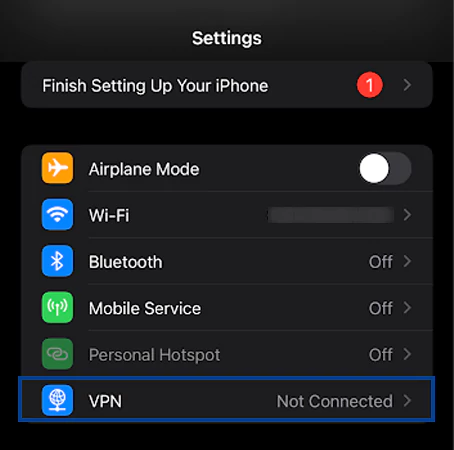
- Next, toggle off the VPN status.
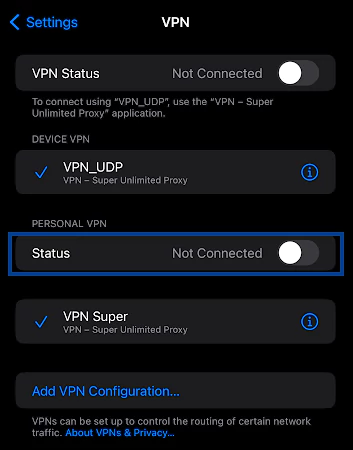
If the option is not available on your phone, go to Settings > General > VPN and Device Management > tap on VPN > toggle off the Status. Also, if you are using a Mac, open Settings > Network > VPN and turn it off.
Update Your Device Software
To improve the performance of your device, it is necessary to download and install the latest software. By regularly updating your iOS, iPadOS, and macOS, you can also fix bugs and several issues. It may also help to connect AirDrop without interruptions. Here’s how to install the update on your iPhone or iPad:
- Head to Settings > General.

- Now, tap on Software Update.
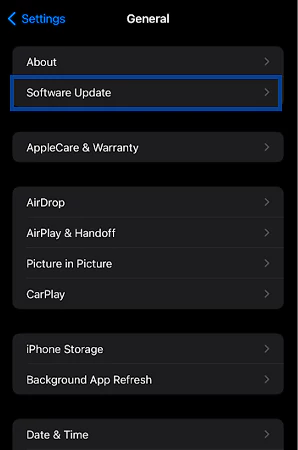
- Hit the Update Now option to download and install an update, if it is available.
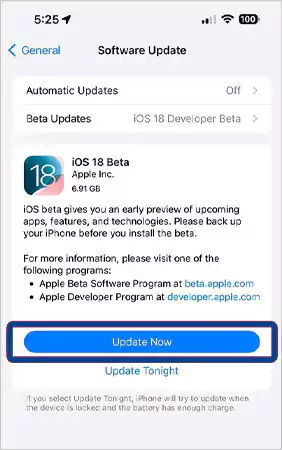
On Mac, open Apple Menu > System Preferences > General > Software Update > Download and install the available updates, if any. In case you are stuck on an update requested on an iPhone, restart the device, free up some space, check the network connection, or else contact the Apple Support team.
Also Read: How to Update Safari on Mac, iPad and iPhone in 2023? — [Explained]
Limit the Firewall on Your Mac
If you are unable to share files on AirDrop to Mac or it is not showing your Mac device on your iPhone or iPad, it could be due to the firewall settings. To fix the problem, you need to limit the firewall on your Mac as follows:
- First, open Apple Menu > System Settings.
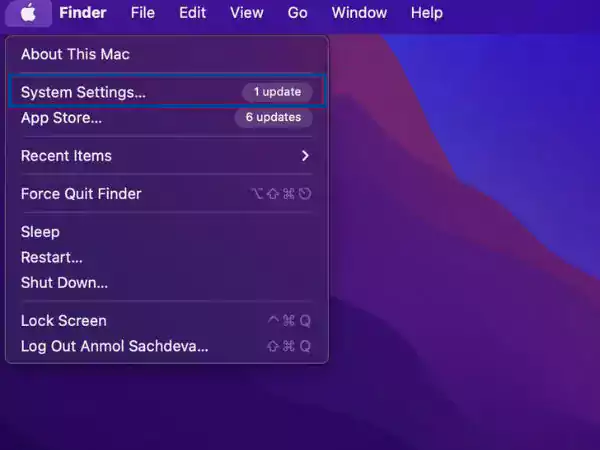
- Select Network from the left sidebar and click on the Firewall option from the right.
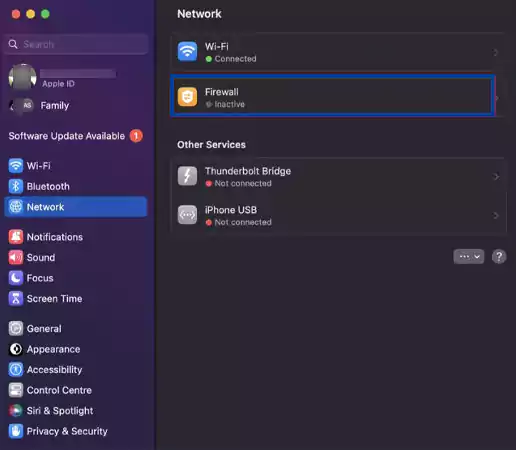
- After that, click on the Options… button.
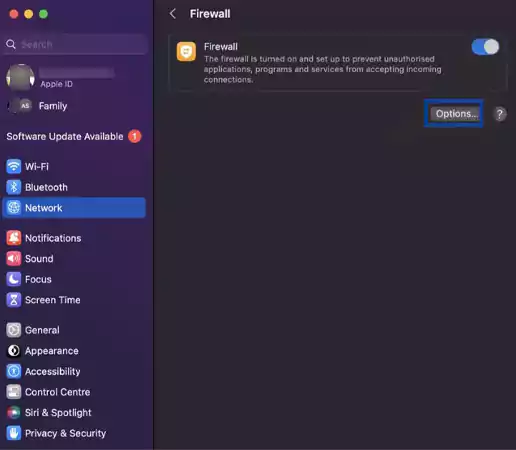
- In the dialog box, ensure “Block All Incoming Connections” is turned off. Also, enable the “Automatically allow built-in software to receive incoming connections” option and select the OK button.
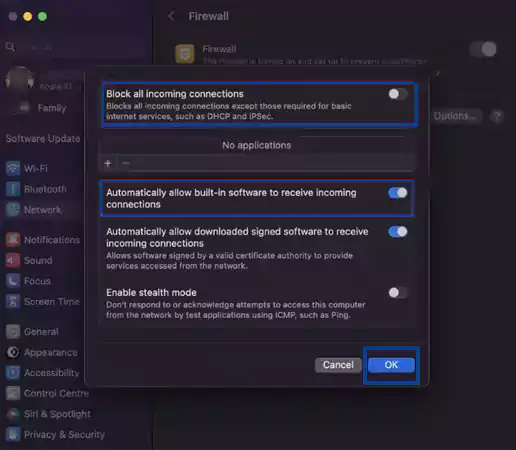
Now, your firewall will allow for new connections to connect, and we hope it will solve the AirDrop not working issue.
Also Read: How to Disconnect iPhone from Mac?: Try These 11 Effective Ways
Restart Your Device
Most of the software glitches can easily be resolved by restarting your device. If you are using a Mac, you can simply do it by heading to the Apple menu > Restart. To restart your iPhone, you need to follow the given process:
- First, simultaneously press and hold the Volume Up or Down button and the side button. Wait until the power-off slide appears.
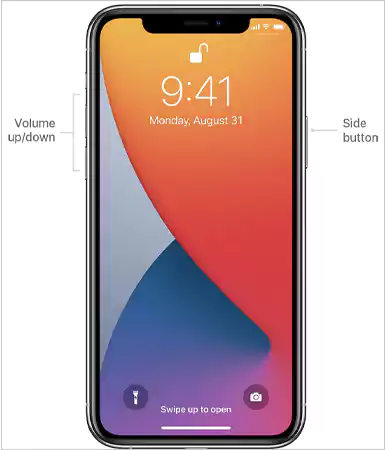
- Then, drag the slider to the right and the device will be turned off within a few seconds.
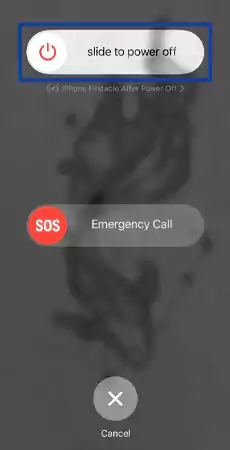
- Finally, press and hold the side button until the Apple logo appears on the screen to turn on the device.
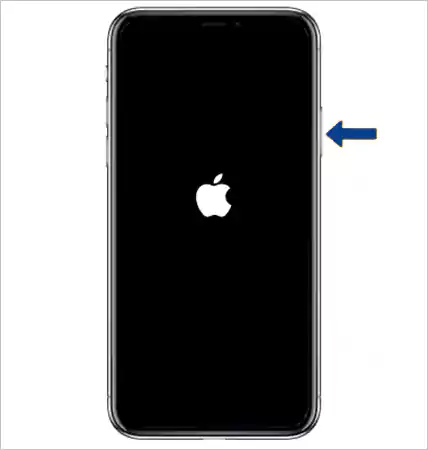
Note: If you are using an iPhone 6, 7, 8, SE (1st, 2nd, or 3rd generation), 5, or previous versions, you can restart the device only by pressing the sleep/wake button.
Reset Network Settings
By resetting network settings to default, you can eliminate any network-related glitch that might be the reason behind AirDrop not working on Mac or iPhone. You can follow the given steps to take so:
- First, go to Settings > General.

- Next, select Transfer or Reset iPhone.
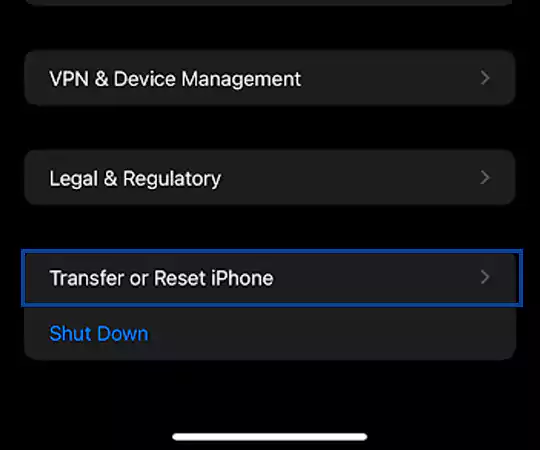
- Then, tap on the Reset option from the bottom dialogue box.
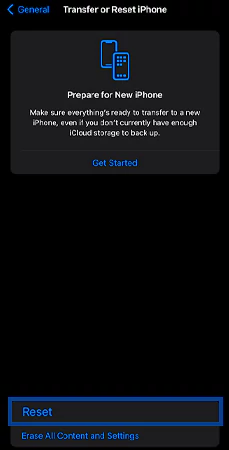
- After that, hit Reset Network Settings from the options that appeared.
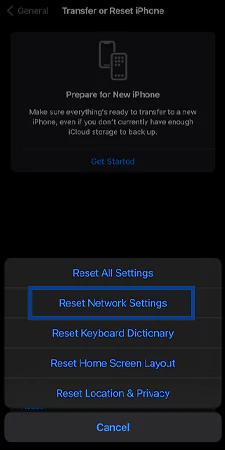
- Now, enter the iPhone passcode to proceed.
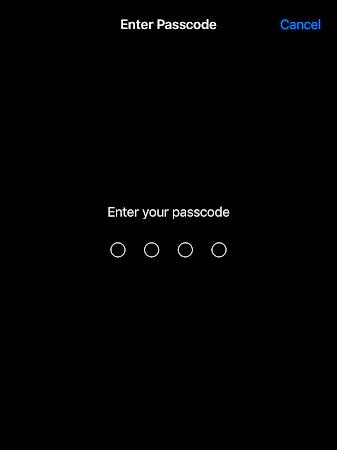
- Finally, select the Reset Network Settings option and the process will finish within a few seconds.
It is worth mentioning that resetting network settings will wipe out saved Wi-Fi networks, paired Bluetooth devices, VPN information, and other related information.
Log Out and Log Back to Your Apple Account
In some rare cases, AirDrop, FaceTime, and several other services might get affected due to the expiration of a recent login session. So, if this is happening to you, try to log out of your Apple ID account and then re-login. Here is the process for the same:
- First, visit Settings and tap on your name.
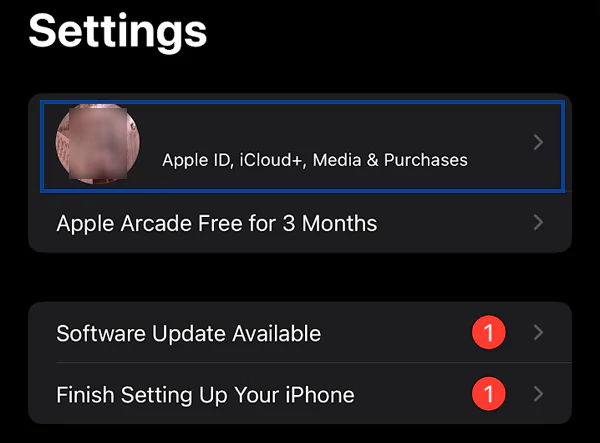
- Select the Sign Out option given at the bottom of the screen.
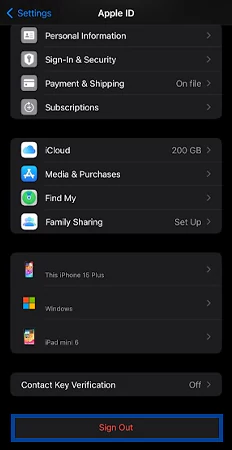
- Now, enter your Apple ID password and hit Turn Off.
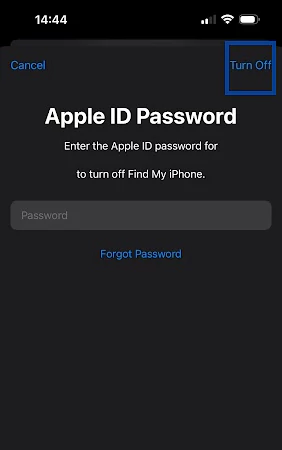
- Then, choose the data you want to keep a copy of on your iPhone and tap on the Sign Out option from the top right corner of the page.
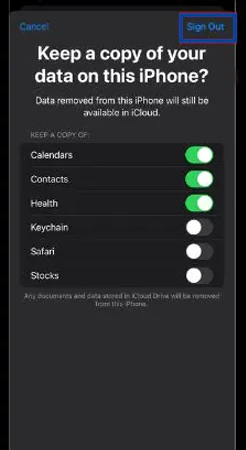
- Again, confirm by selecting Sign Out.
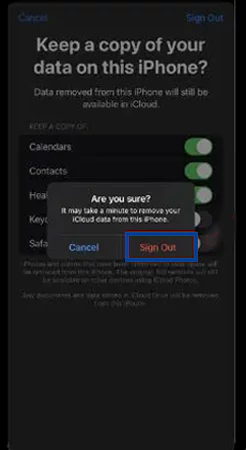
- Next, go back to the Settings page and tap on Sign in to your iPhone.
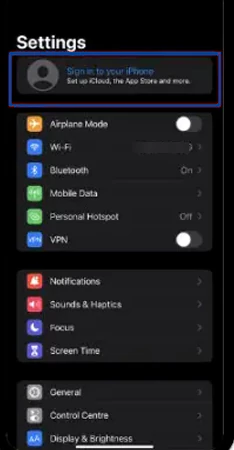
- Submit your Apple ID and password and hit Next from the top-right corner.
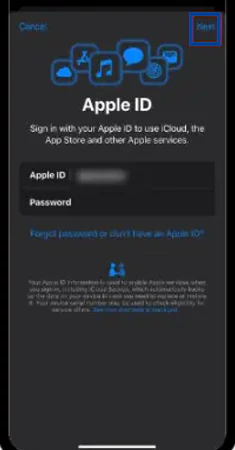
- Finally, enter your iPhone passcode.
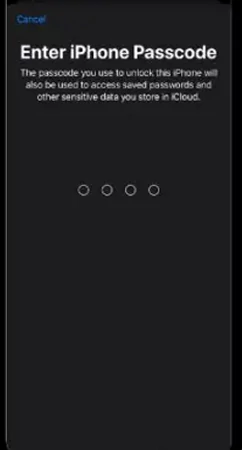
Important Tips
Never forget to use iCloud login for data backup and sync so that you can easily recover the prominent files and data if you’ve reset the iPhone.
Closing Thoughts
Hopefully, your AirDrop not working issue has been resolved now, and you’re enjoying sharing images, videos, and other files within the Apple ecosystem.
If you have tried all the possible solutions but didn’t succeed, there might be some major glitch with the hardware or software of the device. In such a case, it is suggested to seek professional help from the Apple service center or contact the Apple Support team.
Further, get to know how to clear system data on an iPhone for smooth sharing of files and manage storage for them.
FAQs
Ans: This might be because of the software glitch, Wi-Fi isn’t enabled, AirDrop settings are restricted, network issues occur, DND, airplane, or personal hotspot is turned on, and some other reasons.
Ans: If your devices are too far from each other or the Wi-Fi, they might not get signals, due to which AirDrop will not be able to find the device.
Ans: There can be several reasons behind it, like a poor Wi-Fi connection, poor Bluetooth signal strength, feature restrictions, VPN enabled, software that isn’t updated, etc.
Ans: To turn off AirDrop:
- Open Control Center, then tap and hold Network Settings until the menu expands.
- Tap and hold the AirDrop icon, then select Receiving Off.
Sources:
